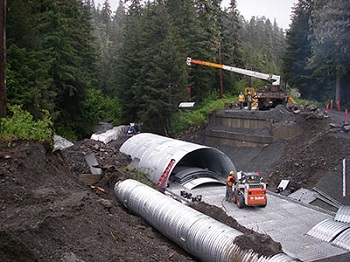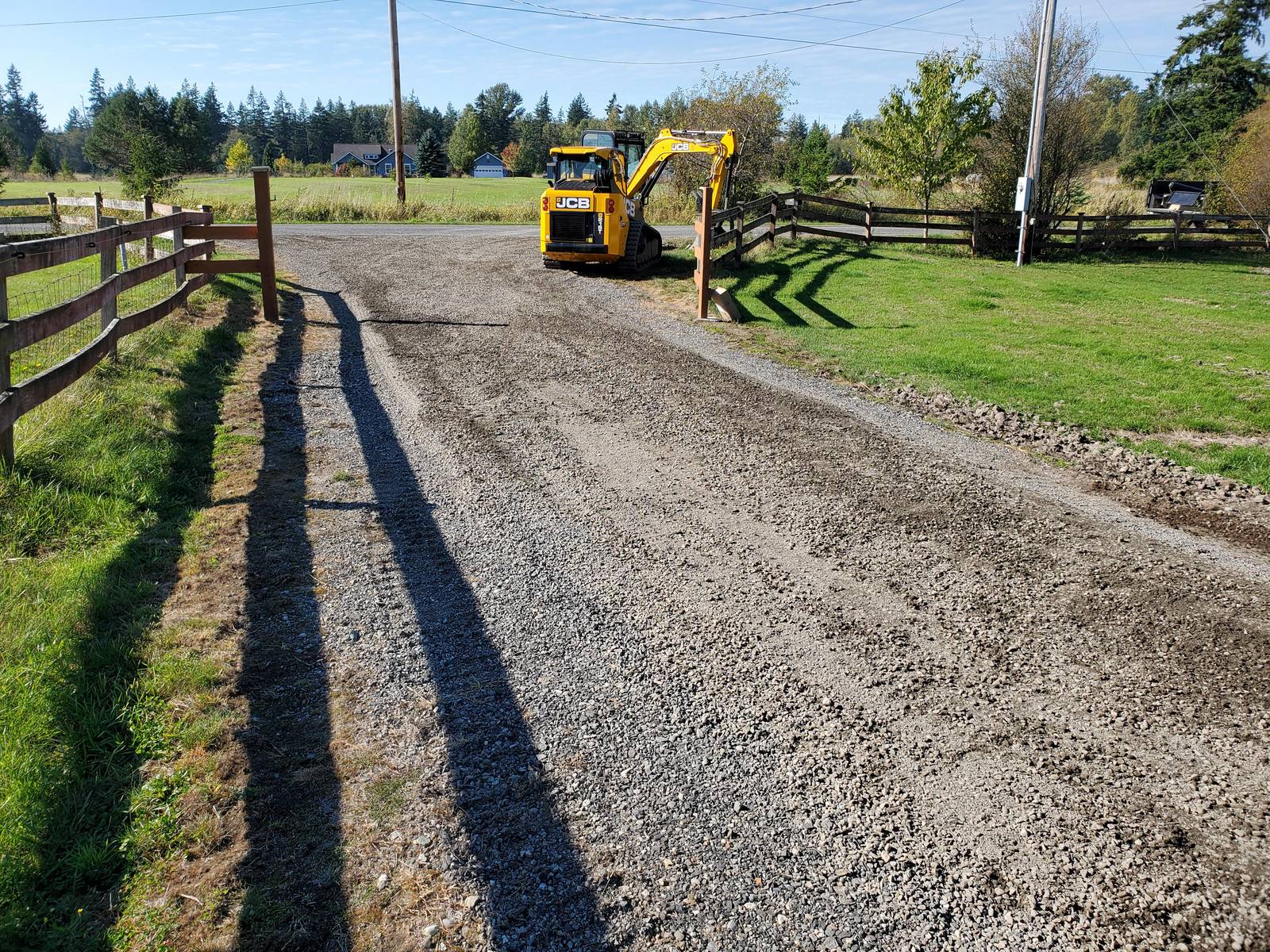Professional Road Construction Solutions for Smooth Traveling
Professional Road Construction Solutions for Smooth Traveling
Blog Article
Culvert Setup Made Easy: Step-by-Step Overview for Success
Installing culverts might look like a straightforward job, yet making sure an effective end result calls for mindful preparation and implementation. From selecting the appropriate culvert size to incorporating correct water drainage procedures, each action in the installation process plays an essential role in the capability and long life of the culvert system. By adhering to a methodical approach and taking note of vital information, the setup can proceed smoothly, minimizing possible problems down the line. Remain tuned to uncover the essential actions and factors to consider that can make culvert installment a seamless and successful undertaking.
Selecting the Right Culvert Dimension
Choosing the ideal culvert size is essential for making certain effective water circulation and architectural stability in culvert installation jobs - Pad Construction. The dimension of the culvert directly impacts the flow ability of water with the framework. A culvert that is too tiny can cause flooding and overflow, while one that is too big might lead to lowered water velocity, possibly triggering debris buildup and clogs
To determine the best culvert dimension, variables such as the watershed location, height circulation prices, and hydraulic performance requirement to be carefully taken into consideration. Estimations based upon these specifications aid in picking a dimension that can effectively handle the anticipated water volume while lessening the threat of clogs and structural failing.
It is important to seek advice from design guidelines and standards to make certain that the picked culvert size meets the job demands and local policies (Pad Construction). By selecting the right culvert size, job managers can optimize water circulation, protect against possible issues, and enhance the overall performance and durability of the culvert installment
Preparing the Setup Website
Effective culvert installment demands meticulous prep work of the installation website to ensure optimal architectural assistance and capability. Before beginning the installation procedure, it is vital to clear the website of any type of debris, greenery, or obstructions that might hinder the culvert's placement. Ensuring a level foundation is important for the proper alignment and security of the culvert. This might include rating the site to create a smooth, even surface area that can appropriately sustain the weight of the culvert and any type of awaited tons. Additionally, proper compaction of the dirt underneath the culvert is required to stop working out or shifting with time.
Moreover, it is very important to take into consideration variables such as dirt structure, groundwater degrees, and environmental effects when preparing the installment site. Performing a comprehensive website evaluation can help determine any possible difficulties or risks that may influence the culvert's performance. By putting in the time to prepare the setup website correctly, you can assist guarantee a successful culvert installation that fulfills structural requirements and guarantees long-lasting performance.
Putting the Culvert Properly

The grade at which the culvert is put is vital for preserving a proper incline for water circulation. In addition, the culvert must be oriented properly to ensure that the inlet and electrical outlet are in the appropriate areas. Pad Construction.
Backfilling and Compacting the Soil
Correct backfilling and compaction of the soil around the culvert is important to ensure stability and prevent potential concerns in the future. Once the culvert is correctly positioned, the following crucial step is to backfill the area around it with ideal product. The backfill product should be totally free from rocks, debris, and raw material to prevent damages to the culvert. It is suggested to use granular material such as sand or gravel for backfilling, as it supplies good drainage and compaction properties.
Compaction assists in reducing the possibilities of negotiation and ensures consistent support around the culvert. It is crucial to portable the soil uniformly on all sides of the culvert to keep its architectural integrity.
Correct backfilling and compaction not just give stability to the go to website culvert however likewise aid in preventing dirt erosion and maintaining the durability of the culvert system.
Making Certain Proper Drainage Integration
Integrating effective drain options plays an essential role in the general functionality and long life of culvert installments. Correct water drainage integration is important for handling water flow, avoiding erosion, and guaranteeing the structural integrity of the culvert system. To achieve this, it is important to make a comprehensive water drainage strategy that takes into consideration variables such as the quantity of water expected, the topography of the location, and the kind of dirt present.

In addition, incorporating functions like disintegration control procedures, such as riprap or plants, can better improve websites the efficiency of the water drainage system. By carefully planning and applying these drainage services, culvert setups can work successfully and hold up against the test of time.
Conclusion
In final thought, proper culvert installation is important for preserving her latest blog reliable water drainage systems. By picking the ideal culvert size, preparing the installation site, placing the culvert correctly, backfilling and compacting the soil, and ensuring correct drain combination, success can be accomplished. Complying with these steps will aid make sure the long life and performance of the culvert, eventually contributing to the general success of the drainage system.
Report this page